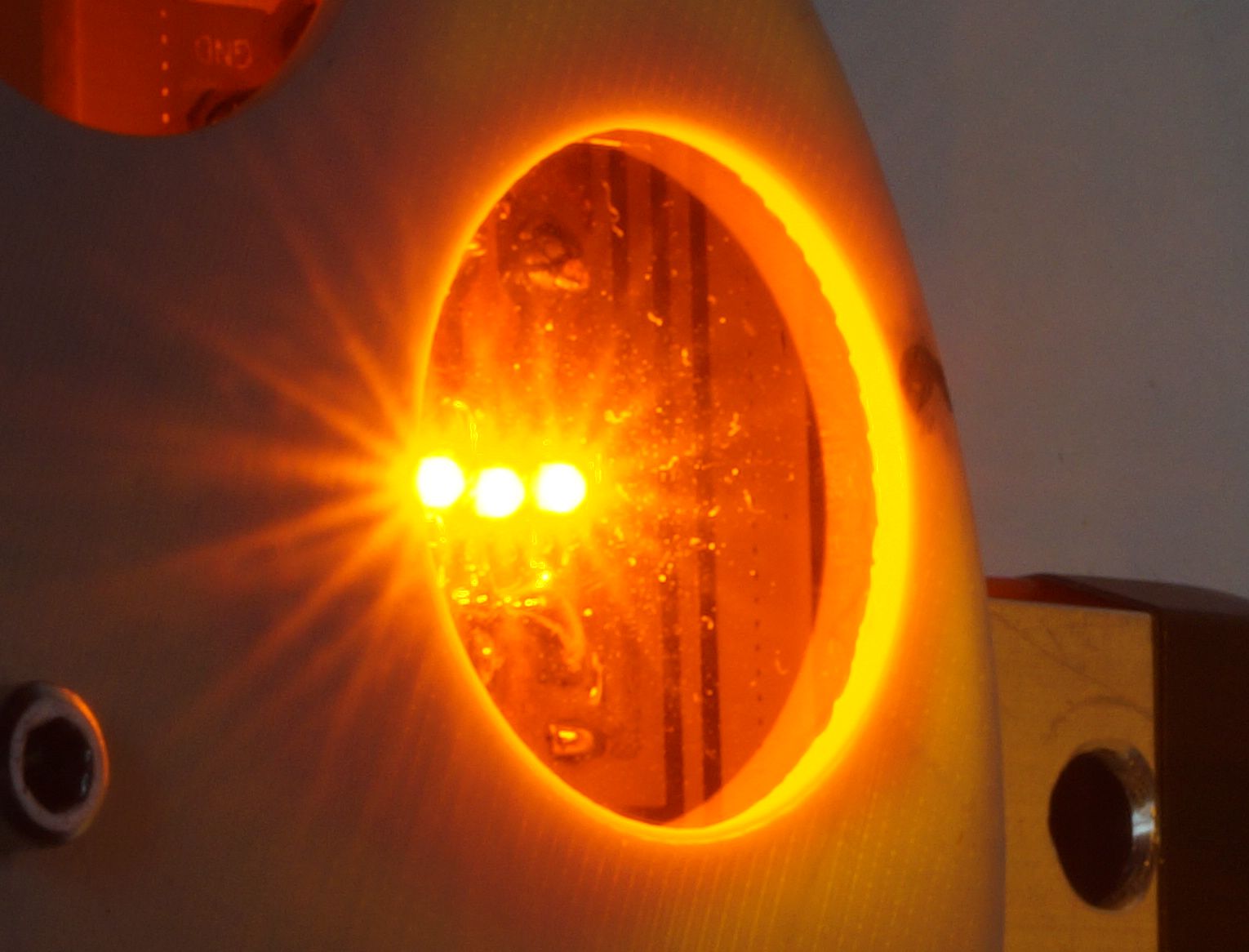LED lamp created by Polaravior and the Fraunhofer Application Center in Soest helps treat depression
Light therapy is a successful procedure used in medicine. Together with Polaravior® UG, the Fraunhofer Application Center (AWZ) for Inorganic Phosphors is developing an LED lamp that can help treat depression. Light emissions are tailored to the individual patient, improving attentiveness and releasing energy in the body. It can be used to help improve the success rates for mental self-training and psychotherapeutic treatment.

Depression has become a widespread disease. According to the latest WHO estimate, there are around 300 million people affected worldwide. In Germany, about 5.3 million people suffer from a depressive syndrome. One symptom can be attention deficiencies, which can not only significantly impair the sufferer’s quality of life and productivity, but also stand in the way of successful treatment. That is where Polaravior® UG, from Halle (Saale), and the Fraunhofer AWZ in Soest come in: The world’s first LED lamp that emits light tailored specifically to the patient is extremely well suited for therapy situations and can help make the treatment a success.
The fact that light influences our well-being has long been known in the field of medicine, and light therapy is often the first line of defense for seasonal affective disorders. Light stimulus is used to release natural energy in the human eyes, which is associated with a temporary energetic activation within the body. The project partners hope to use this effect in grammatical restructuring – a method of computer-based mental self-training that allows patients to effectively address depressive symptoms such as negative cognitions and attention deficiencies on their own.
“With the grammatical restructuring approach, we can remove the brooding aspect from thinking, even without the help of a psychotherapist. Instead of negative cognition, self-training lets the user convey positive goals to his or her brain. The more attentive the user is during this process, the faster the desired goals can be reached. Light can make an important contribution here,” says Dr. Simone Hajek-Glöckner, CEO of Polaravior® UG.
The special angle here is that each patient receives the light that is best suited to improve his or her attentiveness. “We want to develop a corresponding activation module with a built-in LED lamp and filter. That allows for customized brightness and color perception of the light, and the wavelength can be adjusted from 550 nm to 610 nm.” says Prof. Dr. Stefan Schweizer, Director of the Fraunhofer AWZ in Soest. An armband measures heart rate and controls the customized light impulses for the specific patient. An initial prototype will be created in the spring of 2019, and its effectiveness will be documented in a follow-up study.